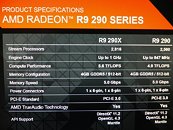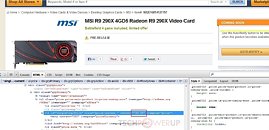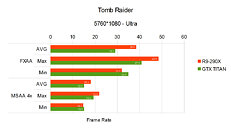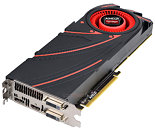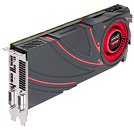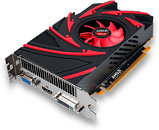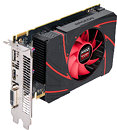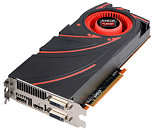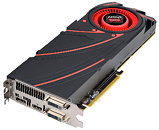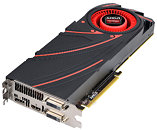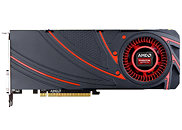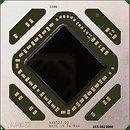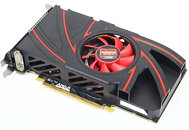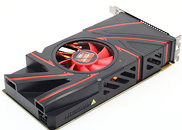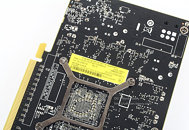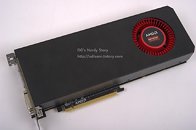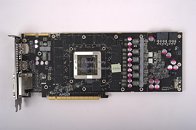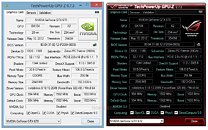CYBERPOWERPC Offering Radeon R9 290X-Infused PCs Bundled with Battlefield 4
CyberPower Inc., a global manufacturer of custom gaming PCs, gaming laptops, and performance workstations, today announced the gaming bundle of the year, which features the next generation GPU from AMD and the highly anticipated Battlefield 4 first person shooter.
CYBERPOWERPC is taking pre-orders for the Radeon R9 290X next gen graphics card. This gaming bundle includes the blazing fast R9 290X video card paired with AMD's 8-core FX-8350, 9370, or 9590 CPUs. This powerful combination nets you a high-performance gaming PC ready for the next generation of games including Battlefield 4 from Electronic Arts; which you get as part of this spectacular bundle.
CYBERPOWERPC is taking pre-orders for the Radeon R9 290X next gen graphics card. This gaming bundle includes the blazing fast R9 290X video card paired with AMD's 8-core FX-8350, 9370, or 9590 CPUs. This powerful combination nets you a high-performance gaming PC ready for the next generation of games including Battlefield 4 from Electronic Arts; which you get as part of this spectacular bundle.




